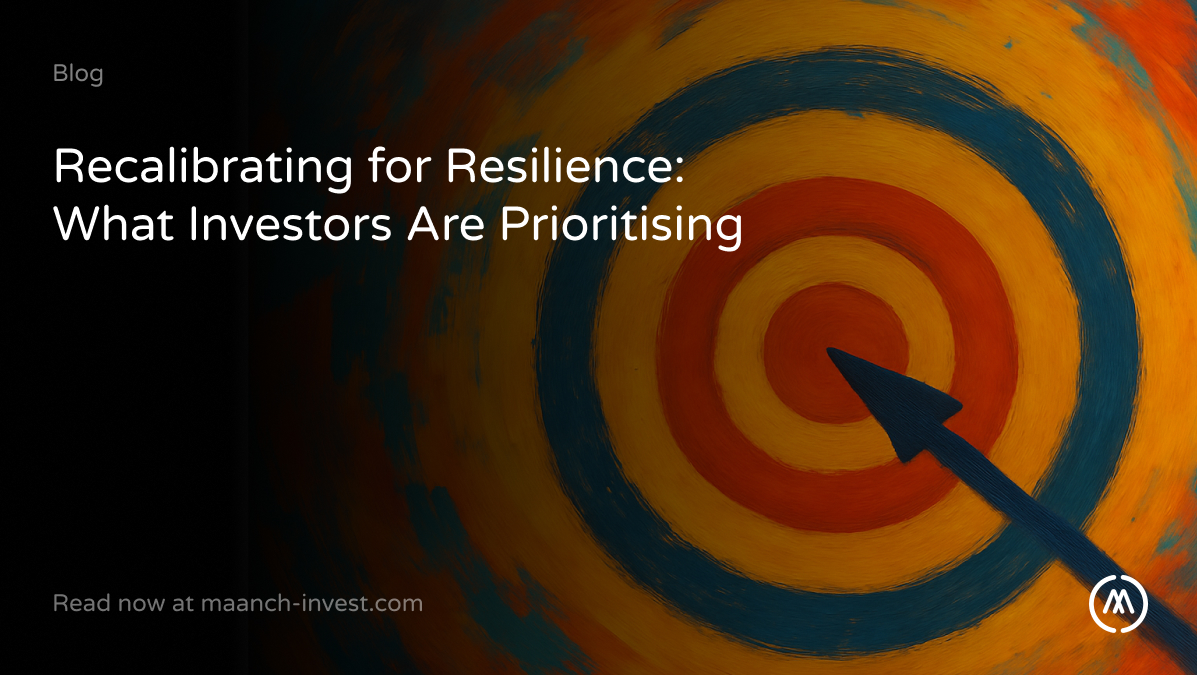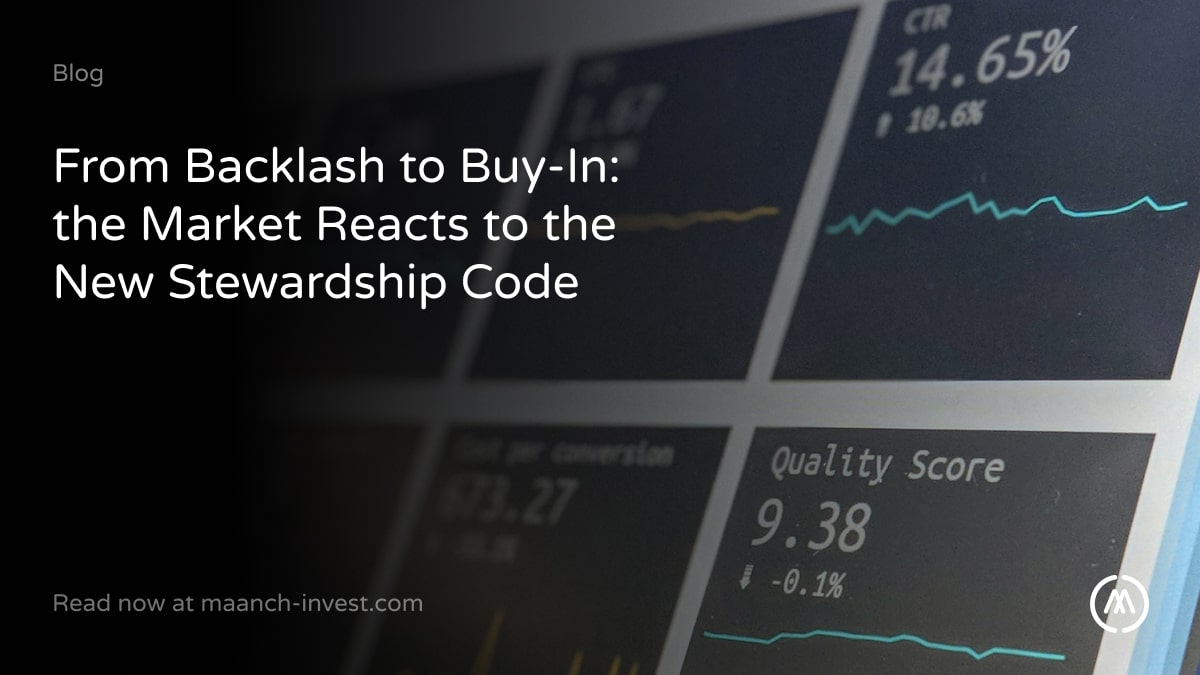Stakeholder primacy has gained centre stage with the activism surrounding it – as clear from the climate strikes last year. The global citizens’ movements for climate action have only expanded its scope for more targeted measures. Gone are the days when it was a matter of choice to act, today there is a cost to not responding adequately to these calls. Institutional investors as much as individual funders feel the need to rally around these core issues for a truly sustainable growth. In May earlier this year, Barclays was compelled to phase out financing for fossil fuels and utility companies that are not aligned with the Paris climate goals. This was a result of shareholder lead resolution by ShareAction, Resolution30.
While the big tech regime expanded on previous efforts around climate change with few new players jumping on the bandwagon, eg: FB and Google join MS and Apple in their net carbon mission, other sectors have also committed to a rigorous supply chain analysis for risk mitigation and netting impact with science based targets, eg: world’s largest cement manufacturer, LafargeHolci joined hands with SCTi while energy biggies like Shell have partnered with poster child MS in their efforts.
But the message is clear: It’s an imperative – with respect to operational risks, corporate governance and investor trust to demonstrate clear commitment backed with effective disclosure on steps on climate action.
Now the question – how are big corporations and other players responding to this call for climate action? What does the NET SOCIAL IMPACT for SDG13 journey look like? Let’s look at these cases:
- GOOGLE: Adding more feathers to its cap of being the first major company to be carbon neutral since 2007, world’s largest corporate buyer of renewable energy and the first company to achieve 100% renewable energy, they have set their goals high for 2030. They have adopted a 3-pronged approach to this effect: Internal Operations, Supporting Partners and Enabling Customers. Read more.
- UBER: They’ve adopted a 4-pronged strategy to address SDG13, Climate Change. Working with World Resources Institute, Transport & Environment (T&E), and others, Uber is committing to become a fully zero-emission platform by 2040, with 100% of rides taking place in zero-emission vehicles, on public transit, or with micro mobility. Read more.
- BCORP: 500 B Corp certified companies took center stage in December 2019 at CoP25 Madrid, pledging to accelerate the rate of Co2 emissions reduction and reach Net Zero by 2030. Today the list is over 700 and expanding. Under the buckets of Climate Action, Advocacy and Standards update they have started the consolidation of these efforts to converge at Agenda2030. Read more.
- UBP: Catching up with the big corporates, wealth management firms and private banks are also shifting from watertight ESG measuring with a risk lens to embedding natural resources into effective disclosure on a long term basis. UBP joins Business for Nature along with 560 companies to align efforts with national action to protect biodiversity. Read more.
- COUTTS: Similarly, Coutts aims to shift from a limited ESG lens to a more holistic portfolio screening of committing to reduction of Co2 emissions by 23% in all its Invest funds in accordance with Task Force on Climate-Related Financial Disclosures (TFCD) guidelines, as well as implemented exclusions from its direct investments. Read more.
If you are a new player in the market, how can your business or organisation take stock of its carbon emission, promote a business wide transition and embark on your own journey of Net Zero-phasing your key targets across the timeline?
Let’s get started on your climate action plan:
STEP 1: Be wary of greenwashing traps. Model your transition through these 5 principles:
- Commit to net carbon 2050, backed by scientific targets.
- Count upstream scope 3 emissions and not just offsets.
- Risk assessment and decarbonisation alternatives at each and every stage of the value chain.
- Product cycle and finally robust metrics for audit.
STEP 2: Grade your value chain operations as per these categories:
- NEAR ZERO: Activities already at or near net-zero emissions that may require some further decarbonisation but not a significant transition – e.g. wind power generation.
- PATHWAY TO ZERO: Activities needed beyond 2050 and have a clear 1.5-degree decarbonisation pathway – e.g. shipping.
- NO PATHWAY TO ZERO: Activities that are needed beyond 2050 but at present, do not have a clear 1.5 degree decarbonisation pathway to 2050 – e.g. long-haul passenger aviation.
- INTERIM: Activities currently needed but should be phased out by 2050 – e.g. production of energy from municipal waste.
- STRANDED: Activities that cannot be brought into line with global warming targets and have an alternative, low emissions substitute – e.g. electricity generation from coal.
SDG13 Best Practices
FOR: Businesses – Market Analysts, Strategy Teams and/or Bond Issuers
WAYS TO AVOID GREENWASHING:
- Evaluate your business activities to fit the scope of a ‘green label’.
- Segment Scope 1, 2 and 3 streams and generate robust country wise (of operations).
- Use viable technologies (even if expensive) to determine the best decarbonisation pathway.
- Use best in class benchmarks committing to half emissions by 2030 and net zero by 2050.
- Compatibility with Nationally Determined Contributions is not enough. Set scientific based targets like SCTi when allocating global GHG budgets between industries and economic activities.
- Aim to converge at figures needed to limit global warming by adopting standard frameworks facilitating comparability.
FOR: Investors – Bond Issuers, Financial Market analysts, Wealth Managers, Fund Managers, Due Diligence teams, Risk Assessors
WAYS TO AVOID GREENWASHING:
- Screen businesses for operating metrics as the key indicators of performance, not simply pledges or the implementation of policies and procedures that may or may not deliver operational outcomes.
- Enquire for regular assessment and clear transition pathways over financial terms to demonstrate consistent, scalable and incremental progress. –
- Request for expert and technical guidance to ensure activity/ entity level decarbonisation plans and targets match the financing term.
- Check appropriateness of any transition labels by criteria like alignment with international standards to facilitate interoperability and compatibility eg: EU (draft) taxonomy. Seek expert opinion on unlocking carbon intensive assets without increasing Co2 emissions.
For efficient goal-setting, tracking and measurement of impact, check our our (M)-Invest Solution here.
For more such updates subscribe our newsletter on update.maanch.com




